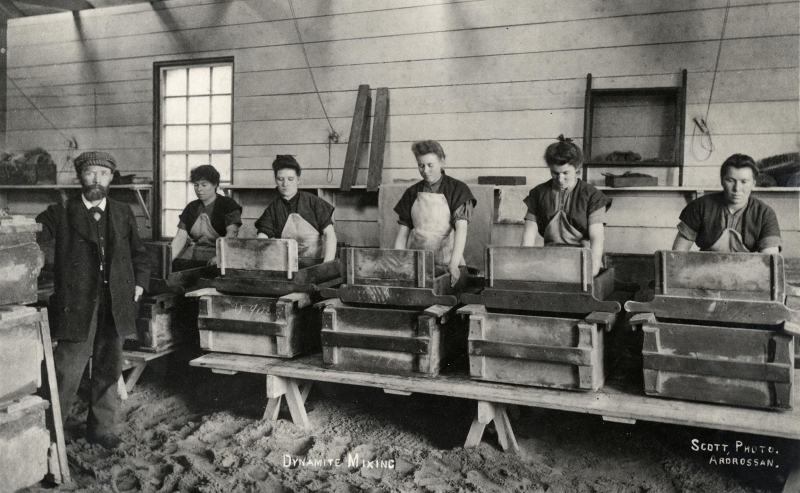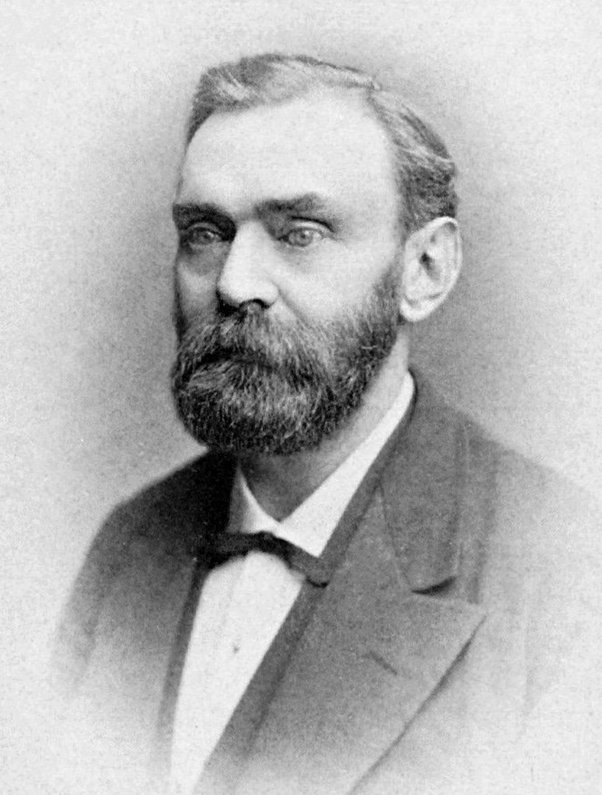Dynamite
Nitroglycerin, sorbents (such as powdered shells or clay), and stabilizers are the main ingredients in the explosion known as dynamite. It was created in Geesthacht, Northern Germany, by Swedish engineer and scientist Alfred Nobel, who obtained a patent for it in 1867. As a more potent substitute for black powder, it quickly acquired widespread use.
Today, the mining, quarrying, construction, and demolition industries are the main ones that employ dynamite. For trenching applications, dynamite is still the product of choice, and it is occasionally employed as a cost-effective explosive booster for ANFO charges.
The first manageable explosive that was more powerful than black powder was dynamite, which was created by Swedish chemist Alfred Nobel in the 1860s. When he was 17 years old, Alfred was forced to live abroad for two years. While there, he met the Swedish engineer John Ericsson and studied under renowned scientist Théophile-Jules Pelouze and his student Ascanio Sobrero, who had created nitroglycerin for the first time in 1847. Nobel first came upon nitroglycerin in France, which Pelouze warned against utilizing as a commercial explosive due to its high sensitivity to shock.
Nobel was interested in nitroglycerin's potential as an explosive and filed the first of several hundred patents in 1857, most of which were related to air pressure, gas, and fluid gauges. Nobel experimented with numerous mixes of nitroglycerin and black powder with the help of his father and brother Emil. Nobel created the detonator, also known as the blasting cap, which allowed a controlled explosion to be set off from a distance using a fuse as a solution for how to properly detonate nitroglycerin. Using a blasting cap composed of a copper percussion cap and mercury fulminate, Nobel carried out his first successful detonation of pure nitroglycerin in the summer of 1863. Alfred Nobel applied for patents for the blasting cap and his process for making nitroglycerin by combining sulfuric acid, nitric acid, and glycerin in 1864. Emil and several other people were killed in an explosion at the factory on Immanuel Nobel's farm in Heleneborg on September 3, 1864, while conducting nitroglycerin experiments. After that, Alfred established Nitroglycerin Aktiebolaget AB in Vinterviken to carry on his work at a more remote location. The next year, he relocated to Germany and established Dynamit Nobel.
Despite the development of the blasting cap, nitroglycerin's volatility prevented it from being used as a commercial explosive. In order to address this issue, Nobel tried to blend it with a different material that would make it safe for handling and transportation while maintaining its explosive properties. He attempted using cement, coal, and sawdust in combination but failed. The nitroglycerin was successfully stabilized into a portable explosive by using diatomaceous earth, fossilized algae that he collected from the Elbe River near his plant in Hamburg.
On 7 May 1867 in England and on 19 October 1867 in Sweden, Nobel received patents for his innovations. As a safe replacement for nitroglycerin and black powder, dynamite quickly attained widespread use after being invented. The patents were carefully controlled by Nobel, and companies that copied them without a license were immediately shut down. However, a few American businessmen circumvented the patent by employing absorbents other than diatomaceous earth, such as resin.












